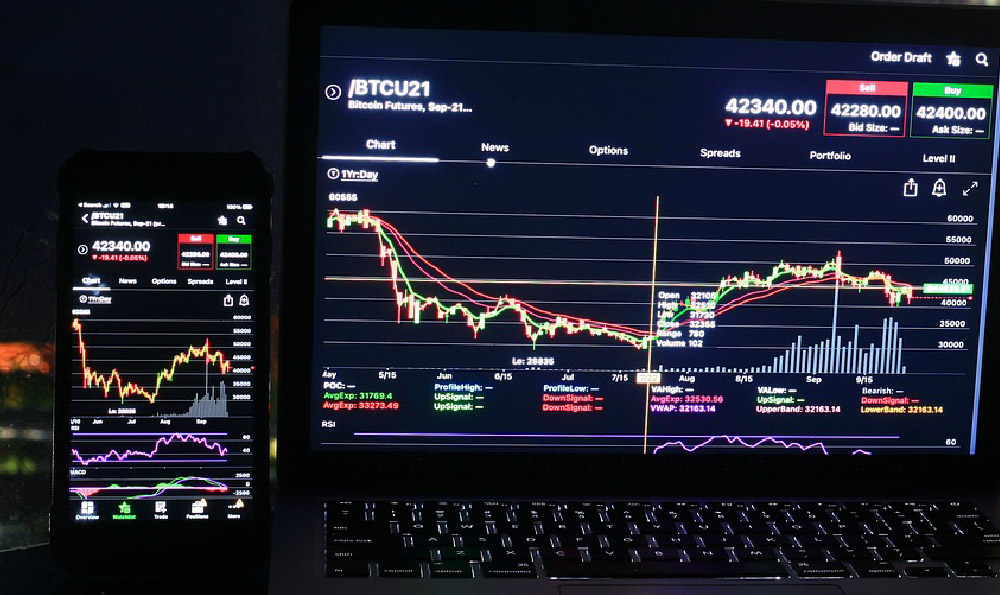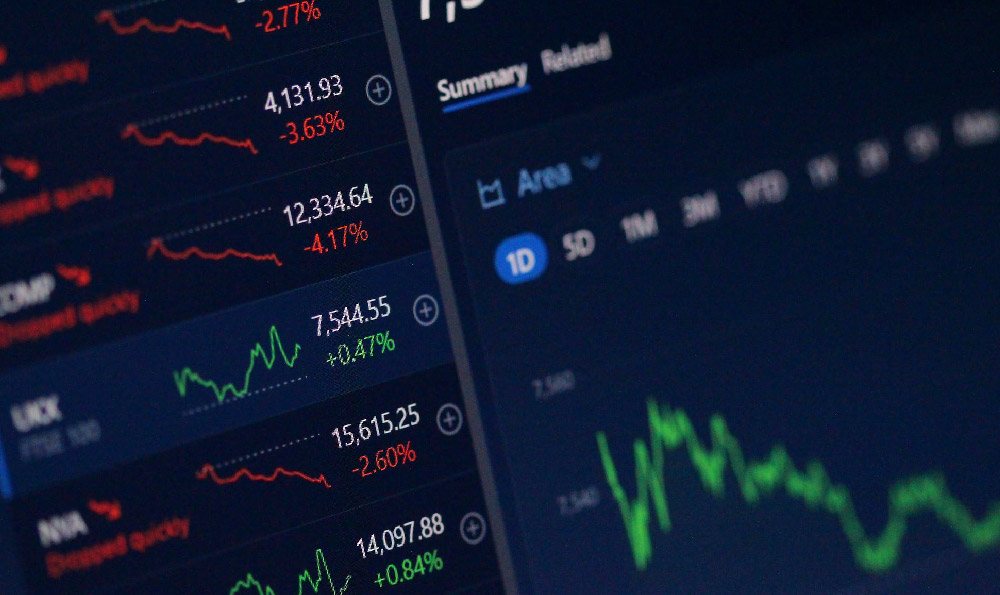
Zelle's rapid rise as a ubiquitous peer-to-peer payment platform has sparked curiosity about its business model and whether its convenience comes at a hidden cost. Unlike many fintech services that heavily emphasize fees or subscriptions, Zelle operates in a seemingly frictionless environment. So how does Zelle actually generate revenue, and is it a worthwhile option for everyday money transfers?
The answer lies within the established banking infrastructure upon which Zelle is built. Zelle isn't an independent company in the traditional sense. It's owned and operated by Early Warning Services (EWS), a network owned by seven of the largest banks in the United States: Bank of America, Capital One, JPMorgan Chase, PNC Bank, Truist, U.S. Bank, and Wells Fargo. This consortium approach is key to understanding Zelle's profitability.
Zelle doesn't directly charge users fees for sending or receiving money. This is a major draw compared to competitors like PayPal or Venmo, which often levy transaction fees, especially for instant transfers or using credit cards. Instead, Zelle's revenue stream comes primarily from the participating banks. These banks pay EWS fees to be part of the Zelle network. The fee structure is complex and likely involves factors like transaction volume, the size of the bank, and the number of users actively using Zelle through their banking app.

Think of it as a toll road system. The individual cars (users) aren't directly paying the tolls, but the trucking companies (banks) are paying for the right to use the road network (Zelle) to transport their goods (money transfers). This allows the individual users to enjoy a "free" service while the underlying infrastructure is still being funded.
Beyond the direct fees paid by banks, Zelle also benefits the banks by enhancing customer loyalty and reducing operational costs. By offering a seamless and free payment platform directly integrated into their banking apps, banks can attract and retain customers who might otherwise be tempted to switch to competing institutions or rely on third-party payment services. The convenience and integration of Zelle reduces the likelihood of customers abandoning their existing bank for one that offers a better digital payments experience.
Furthermore, Zelle can reduce the need for traditional methods of money transfer, such as writing checks or making physical cash withdrawals. These traditional methods are often more expensive for banks to process and manage. By encouraging the use of Zelle, banks can streamline their operations and lower their overall costs. This indirect benefit contributes to the overall profitability of the Zelle network.
Another, often overlooked, avenue for potential profit lies in the data collected through the Zelle network. While EWS and participating banks emphasize privacy and security, the aggregated data on transaction patterns and user behavior is undoubtedly valuable. This data can be used for internal analysis, risk management, and even targeted marketing efforts. However, it's important to note that responsible data handling and adherence to privacy regulations are crucial for maintaining user trust and avoiding potential legal repercussions.
So, is Zelle worth using? The answer is generally yes, but with some important caveats. The biggest advantage of Zelle is its speed and convenience. Transfers are typically completed within minutes, making it ideal for splitting bills, paying back friends, or sending money to family members. The absence of transaction fees for users is another significant plus.
However, Zelle also has some limitations. One major drawback is that payments are typically irreversible. Unlike some other payment platforms, Zelle doesn't offer buyer protection or a dispute resolution process. This means that if you send money to the wrong person or fall victim to a scam, it can be difficult, if not impossible, to recover your funds. Therefore, it's crucial to only use Zelle with people you know and trust. Always double-check the recipient's information before sending any money.
Another potential issue is the daily and monthly sending limits imposed by some banks. These limits can vary depending on the bank and the type of account you have. If you need to send large sums of money, Zelle might not be the most suitable option.
Security is also a key consideration. While Zelle itself employs security measures to protect user data, it's still important to be vigilant about phishing scams and other fraudulent activities. Never share your Zelle login credentials or other sensitive information with anyone. Be wary of suspicious emails or text messages asking you to verify your account information.
In conclusion, Zelle's profitability is rooted in the fees paid by participating banks, the increased customer loyalty it fosters, and the reduced operational costs it enables. For users, Zelle offers a fast, convenient, and fee-free way to transfer money to people they know and trust. However, it's essential to be aware of the risks associated with irreversible payments and potential scams. By exercising caution and using Zelle responsibly, you can leverage its benefits while minimizing the potential downsides. The integration with major banking apps, the speed of transactions, and the lack of user fees make it a compelling choice for everyday peer-to-peer payments. Just remember to prioritize security and only send money to people you trust implicitly.





